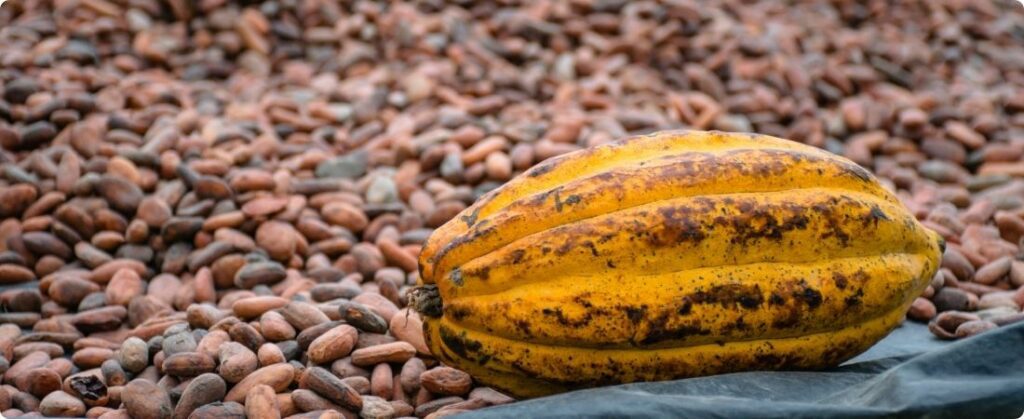
Brazil's early cocoa harvest officially began in May and despite the correction in prices, the scenario is still favorable for the cocoa producer, who now faces another difficulty: finding labor to continue work in the field, which could bring impacts on cocoa production in quality of the country.
Eunice Gutzeit, vice-president of the National Association of Cocoa Producers (ANPC), states that producers in the state of Pará face great difficulties in hiring labor. In fact, this problem in production centers highlights the need for special attention in the production of fine cocoa in Pará and other regions.
She highlights the need to mobilize the sector for mechanization and efficient policies, aiming to advance cocoa production in Brazil.
Many of the workers who worked on the cocoa harvest had the opportunity to buy their own land and are now focused on their own production. “This is very good because these employees have become entrepreneurs, small producers, but our labor shortage is desperate, there is a lot of cocoa “past its prime”, which is terrible for quality”, he says.
Cocoa in Brazil: Challenges and opportunities in family farming
It is important to highlight that almost all cocoa production in Brazil is carried out by family farming. Currently, the sector sees a promising future, therefore, it is betting on the sustainability of cultivation. Clones guarantee high productivity and, in addition, large multinationals are increasingly investing in Brazil. They use the fruit as a tool for recovering degraded areas.
Producers even find it difficult to hire workers who may arrive from other states. This is because according to the spokesperson, as these are small properties, the farms do not have the structure and accommodation to receive employees. Furthermore, the solution, according to Eunice, will be for producers to come together to build accommodation together to meet demand at harvest time.
He also adds that the work that needs to be done to advance the sector includes: collecting data from all producing sources, with the aim of driving decisions related to increasing the planting area, taking into account supply and market behavior consumer.
Source: Virgínia Alves | Notícias Agrícolas










